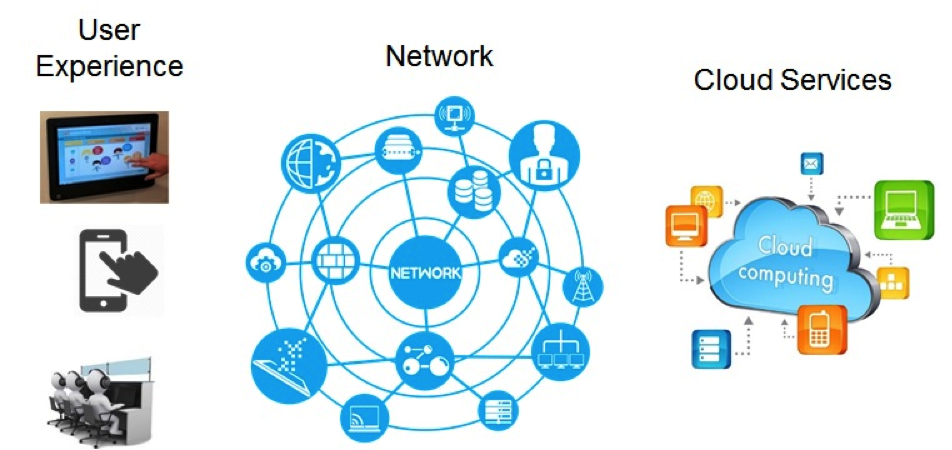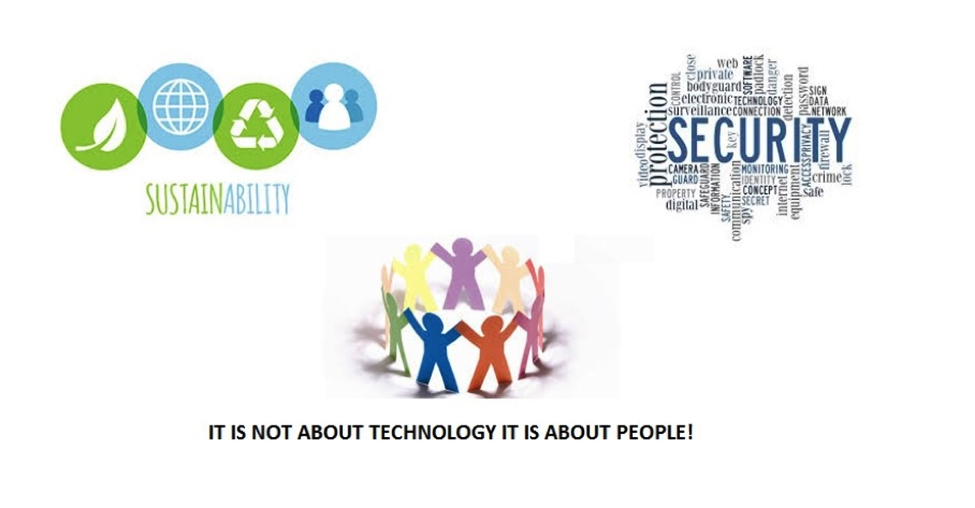BLOG | SEPTEMBER 24, 2021
Smart Communities, Smart Cities and IoT

One of President and Co-Founder Ted Maulucci’s frequently used analogies for demystifying smart buildings and IoT is that of a Christmas tree decorated for the holidays.
We’ve reworked one of Ted’s 2017 blogs in which he develops this analogy in a discussion of network design, communication platforms, and the fundamental components of a smart community.
While smart community technology has evolved and expanded since 2017, the analogy remains a powerful tool for understanding where we started and how we’ve been able to grow to this point.
Smart Communities, Smart Cities and IoT – Ted Maulucci
Sep 6, 2017 (UPDATED: June 10, 2021)
There are many articles, conferences, and general banter about smart communities, smart cities, and IoT. I’m not complaining, because it’s an area of great opportunity and a place where North America lags much of the world in implementation. Any attention is good attention as far as I’m concerned, and it’s an area where I’d love to see flourishing activity.
I’ve been working in this space for close to twelve years and I won’t be the first to tell you that IoT and smart buildings have been around for a long time. I know people that have worked on it since the late 80’s.
I don’t know the answer as to why the adoption has been slow, but I’d like to take this opportunity to demystify the whole concept. So much attention is given to the solutions and possibilities, and so little to what is actually required to yield the benefits.
A good analogy is that everyone is focusing on the shiny ornaments that will hang on the Christmas tree, rather than the tree itself. The beauty of the ornament is nothing without the tree.
So, what does this Christmas tree really look like?
The first component is the network
This is the starting point. I realize that IP protocol is not exciting, and switching has become commoditized, but it’s the basic starting point of any smart community IoT initiative. If you can’t connect the things, you can’t listen to what they’re saying, and you can’t tell them what to do.
We all have to make our presentations to executive teams, and explaining the network is not always the simplest thing, especially when it requires an investment. I always use the analogy of the human nervous system.
We don’t have a separate nervous system exclusively for sight, for hearing, for touch, and for motor activity in our muscles; we have one central nervous system connecting all things within the body. Our central nervous system coordinates input from all the sensors and becomes the pathway to make us react and do things. It’s the same with connected communities.
The second component are the interfaces
After the network, the second component are interfaces or places where people can get visibility into what is going on in the community.
- If you want to change behaviour for enhanced sustainability, you must be able to present the option to set back the thermostat.
- If you want security, people need to see cameras in the community and be able to engage in dialog around safety and security concerns.
- If your security alarm goes off, you want people to be notified.
The Christmas tree is a giant communication platform, providing multiple ways to communicate with the residents engaged in the overall system.
The third component is compute, or cloud
I generally don’t like using the term, ‘cloud’, because the media has beaten it to death. The compute is the brain which reads the sensor inputs, tells parts of the system what to do, and provides messaging to the people in the system.
This is the place for Artificial Intelligence and Machine Learning, completing an ecosystem that can scale and deliver services that matter.
Fundamental components for a Smart Community
My last frustration with IoT and smart home technology is that it’s not about dimming the lights and turning down the music when your girlfriend comes over. Smart home technology can enable some pretty cool stuff, but save it for the magic show. It’s generally not what the mass market wants and needs.
I believe that it’s about services that matter, and technology that becomes invisible, supportive, but not invasive. I always break it down into sustainability, security, and services.
Once the three components are in place, there’s an endless opportunity to create solutions that leverage the network, interfaces, and computational power to create better places for people to live.
Smart cameras can intelligently assess bad situations and tell people about it. Time-of-use energy rates can be communicated and acted on in real time to save you money and contribute to a sustainable environment. Integrated and automated locker systems can deliver online orders to your community fulfillment centre.
SmartONE Solutions is a smart community company that focuses on the delivery of all components to create a smart community.
I’m excited about this work, because I can clearly see the impact and the opportunity to create better places for people to live. I know it’s cliché but…
It’s not about the technology, it’s about the people and creating services that matter!
SHARE ARTICLE
MOST RECENT
Latest Articles
GET IN TOUCH

















